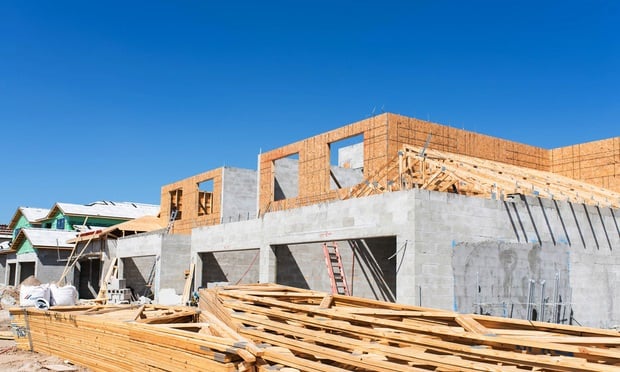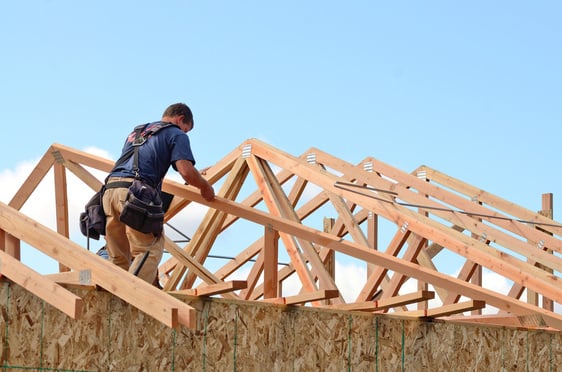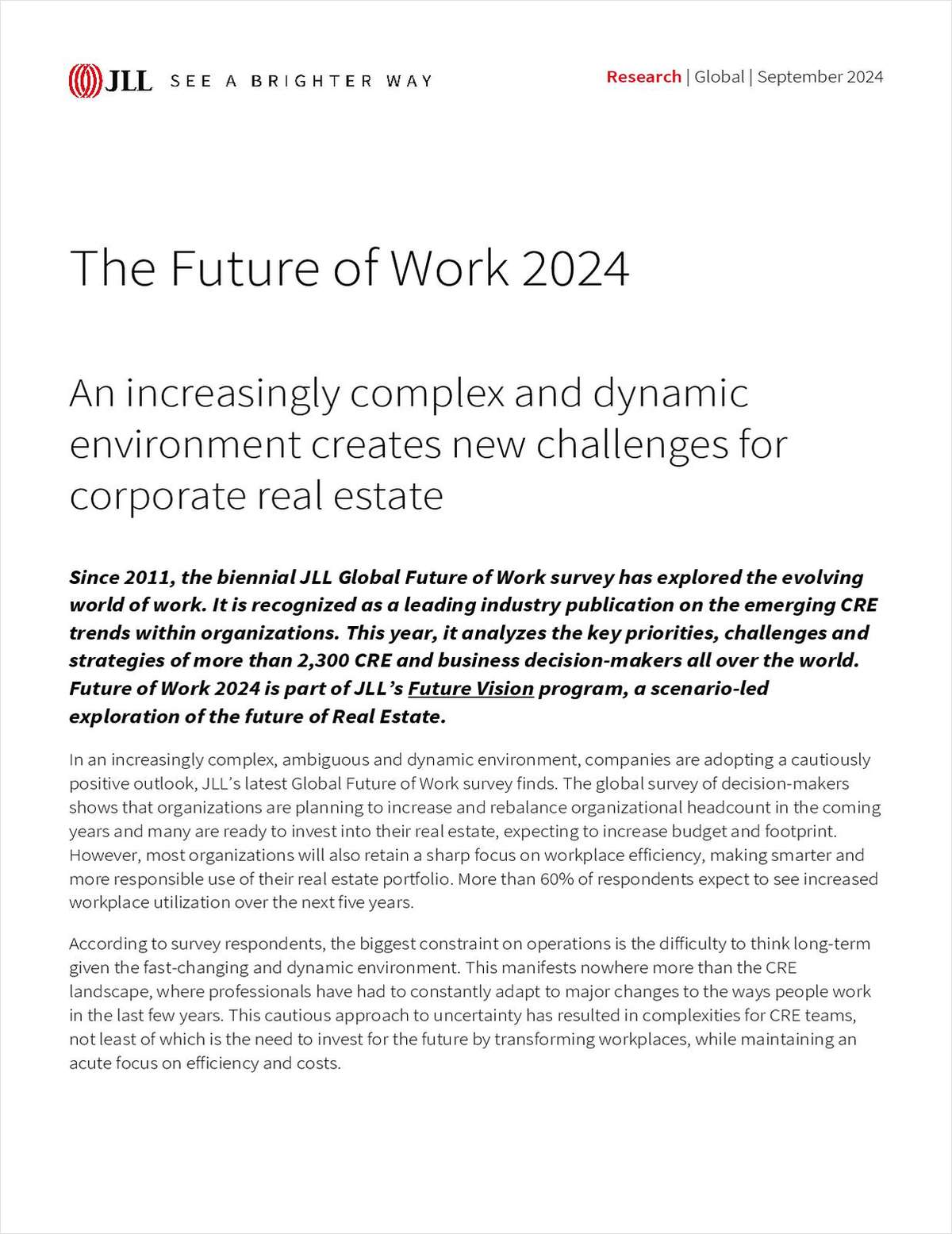The plan, likely tweaked by the Supervisors, removes some industrial area in favor of thousands of new housing units surrounding the Mission Bay district, Showplace Square/Potrero Hill, east SoMa and the central waterfront neighborhoods–the heart of the city's industrial past–while restricting residential and office from cannibalizing more of the area. It also provides incentives meant to spark additional commercial development (light industry, office, retail and restaurants), creates development fees to pay for the necessary infrastructure improvements, and requires residential developers to make some units affordable not only to low-income families but also to middle-income families.
During the boom years of the 1990s, dot-coms and residential developers converted a good portion of the area's buildings into hip office space and loft condominiums. The rezoning–the result of years of planning and review, hearings and negotiations–allows the city to better manage the integration and ensure that none of the real estate food groups gets left on the plate in the feeding frenzy expected to accompany the next boom.
As is, the proposed plan takes approximately two-million sf of land zoned for light industry–which the city defines as production, distribution and repair uses–and rezones it for between 7,500 and 10,000 new housing units over the next 10 years. It also prohibits residential and office from further eroding the industrial base through special permits, which is how it happened during the boom years.
Nearly 100 projects are reportedly on hold, awaiting the rezone, the vast majority of them being residential developments, according to published reports. If the new zoning is approved as is, there will be a new community improvement fee. At a minimum, builders would be required to pay $8 per sf for residential development and $6 per sf for non-residential construction.
As for the affordable component, in addition to the City's existing Inclusionary Housing Ordinance, which requires that market-rate developments larger than five units provide 15% to 20% of their units at below market rate, the proposed plan requires higher percentages of affordable housing in formerly industrial areas and raises the top end of the affordability level to 120% of the city's median income (approximately $114,000 for a family of four); the low end is 30% of median (approximately $30,000). The city estimates that under the new zoning and associated rules that 28% of the housing units in the area would be affordable. As for the commercial incentives, among other things, in some areas developers will be able to build beyond certain height limits if they pay additional fees or create more affordable housing.
A San Francisco Board of Supervisors committee is expected review the plan in the next several days. A vote by the full board is expected sometime in October.
Want to continue reading?
Become a Free ALM Digital Reader.
Once you are an ALM Digital Member, you’ll receive:
- Breaking commercial real estate news and analysis, on-site and via our newsletters and custom alerts
- Educational webcasts, white papers, and ebooks from industry thought leaders
- Critical coverage of the property casualty insurance and financial advisory markets on our other ALM sites, PropertyCasualty360 and ThinkAdvisor
Already have an account? Sign In Now
*May exclude premium content© 2024 ALM Global, LLC, All Rights Reserved. Request academic re-use from www.copyright.com. All other uses, submit a request to [email protected]. For more information visit Asset & Logo Licensing.








